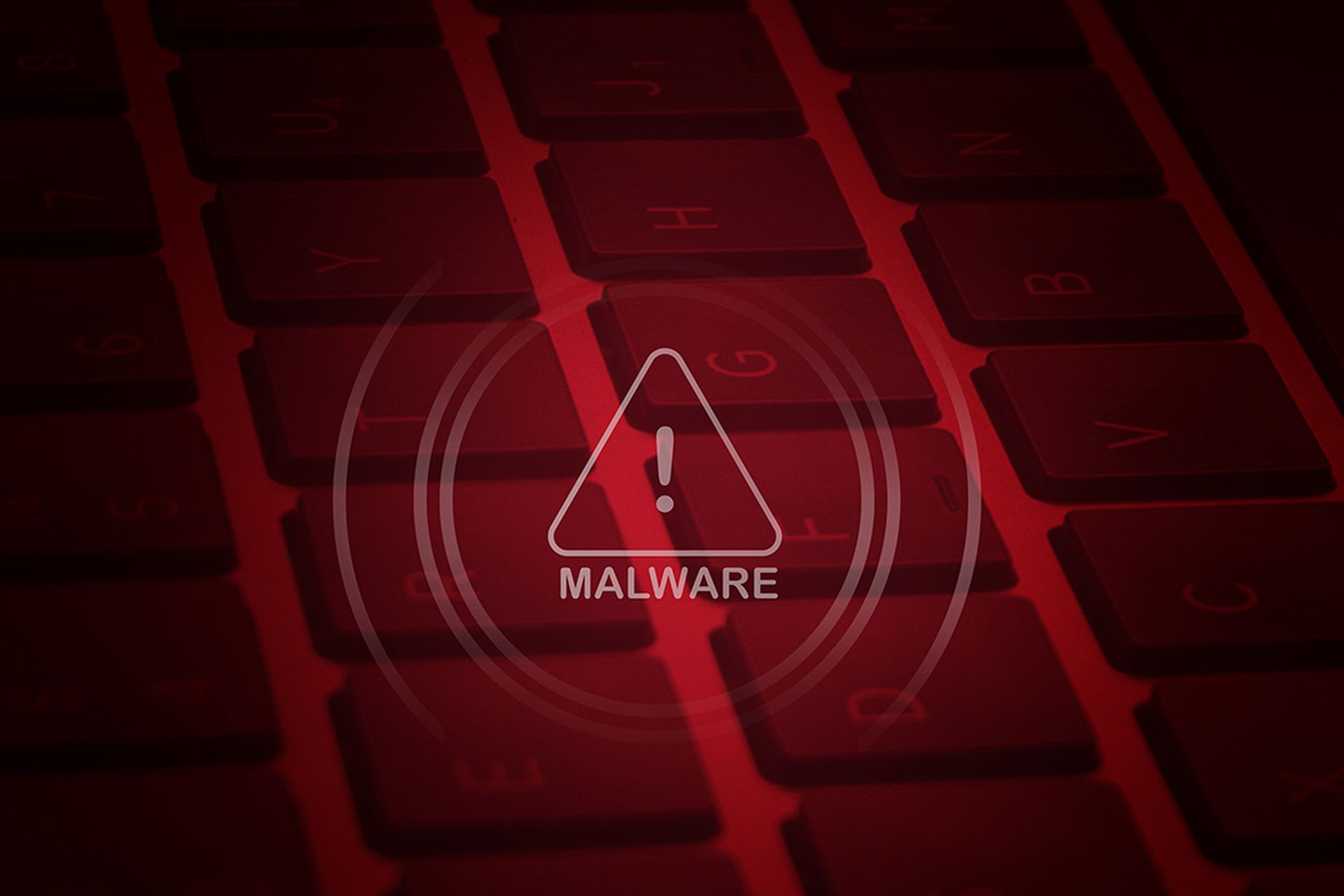Malware, Threat Management
Details revealed for novel malware evasion
Share
Attackers could potentially exploit a novel executable image tampering attack called "Process Ghosting" to enable protection evasion and stealthy activation of malicious code on Windows systems, The Hacker News reports.
"With this technique, an attacker can write a piece of malware to disk in such a way that it's difficult to scan or delete it — and where it then executes the deleted malware as though it were a regular file on disk. This technique does not involve code injection, Process Hollowing, or Transactional NTFS (TxF)," said Gabriel Landau, a researcher at Elastic Security.
According to Elastic Security, Process Ghosting also enables running of already deleted executables, unlike Process Doppelgänging and Process Herpaderping.
"This means that it is possible to create a file, mark it for deletion, map it to an image section, close the file handle to complete the deletion, then create a process from the now-fileless section," Landau said.
Microsoft has been notified regarding Process Ghosting last month, but it said that the issue does not conform to their servicing standards.
Related Events
Get daily email updates
SC Media's daily must-read of the most current and pressing daily news



